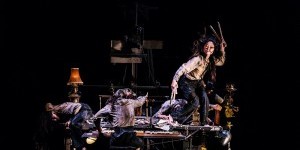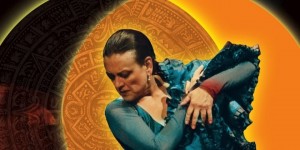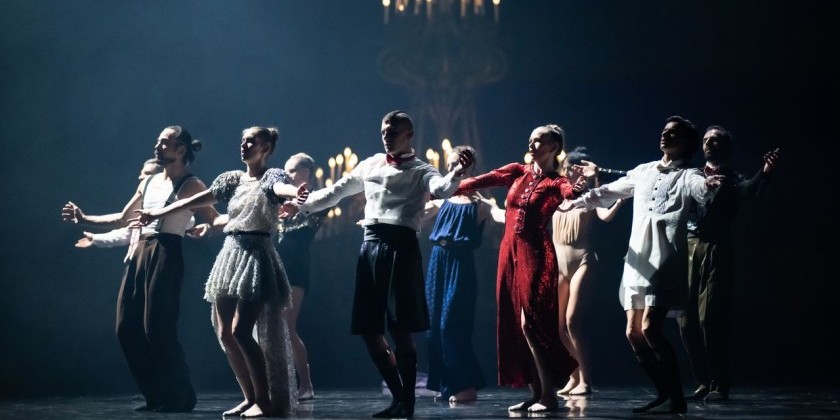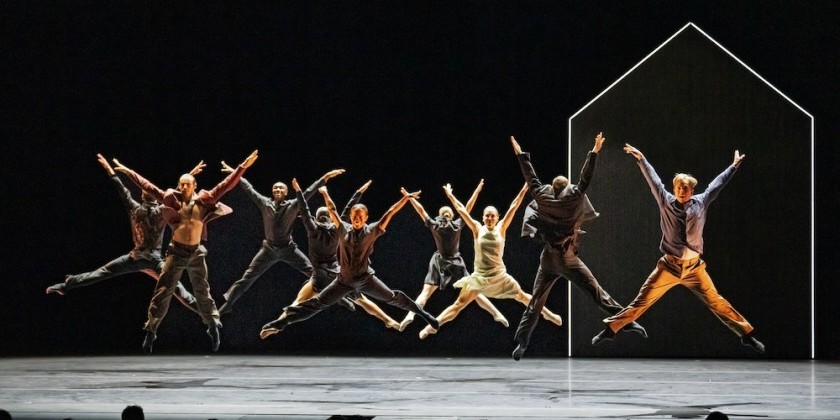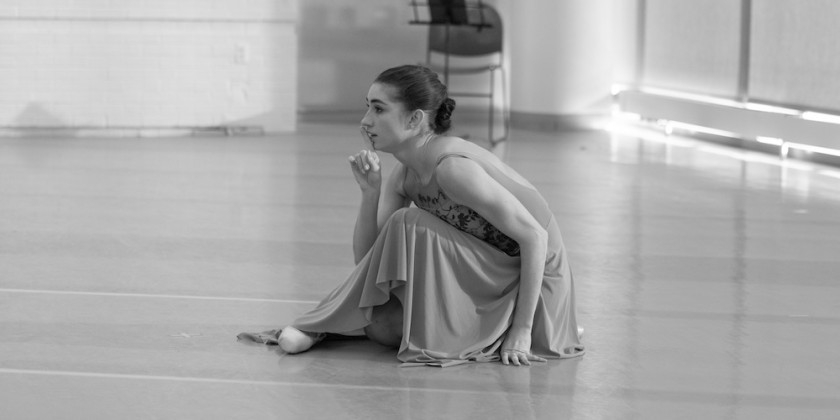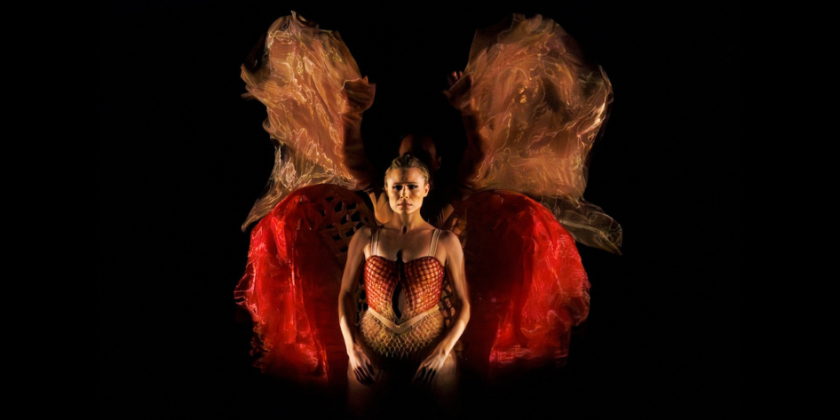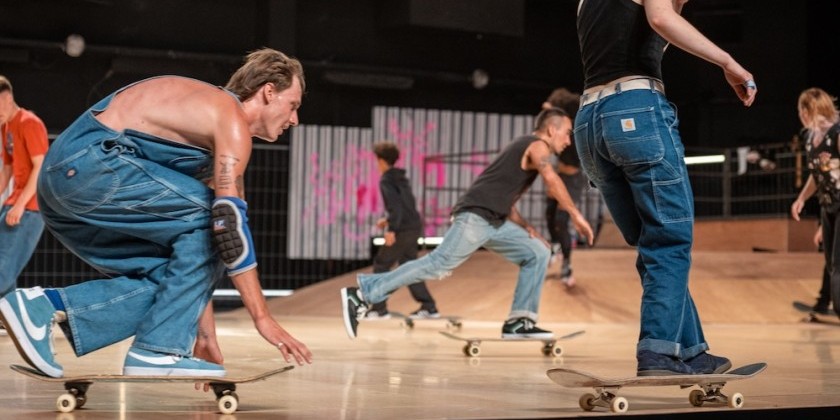Impressions of Gala Flamenca
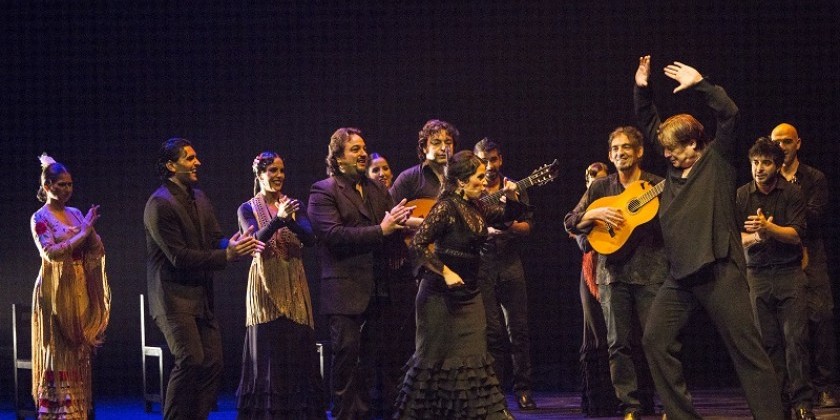
Flamenco Festival 2014
Dancers: Antonio Canales, Carlos Rodriguez, Karime Amaya, Jesus Carmona, Lucia Campillo, Carmen Coy
Director: Angel Rojas
Music: Paco Cruz and Daniel Jurado (guitar); Miguel El Cheyenne (percussion), Roman Gottwald (violin), Rocio Bazan, Antonio Campos, Ismael de la Rosa (singers)
Venue: New York City Center
March 6, 2014, 8pm
Virtuoso soloists who dance with ease and heart carried this year’s Gala, which could have been a response to the film “Need for Speed.” In her Seguiriya, Karime Amaya, the grand-niece of Carmen Amaya nicknamed the “Human Vesuvius” gave us unaccompanied, incredibly clean, fast footwork followed by moments of calm when she seemed strangely vulnerable, if not slightly surprised. While Carmen Amaya was tiny and fierce, Karime Amaya, born in 1985, has a subtle sensuality and slightly elusive quality. Despite her obvious diva power, she blended well with Lucia Campillo and Carmen Coy for a playful trio danced with fans and red, snug fitting dresses with trains (bata de colas) in a Caracoles choreographed with such flair and fluidity by Manuel Liñán.
Jesus Carmona, another soloist, is a tireless showman who would fit right into a Broadway cast with his flirtatious panache. He began his Alegrías, a traditionally exuberant form in a twelve-count rhythm, sitting downstage left far from the musicians in silence. The spotlight threw such a strong diagonal that he appeared to be wearing a mask. After all the thunderous applause and violent floor drilling, his choice to remain completely still gave us all a brilliant reprieve. He breathes new life into the traditional structure, exploring how to honor, yet break from each section of the Alegrias – especially the extended Silencio.. His choreography with Campillo for the TrillA7 also made for a marvelous duet.
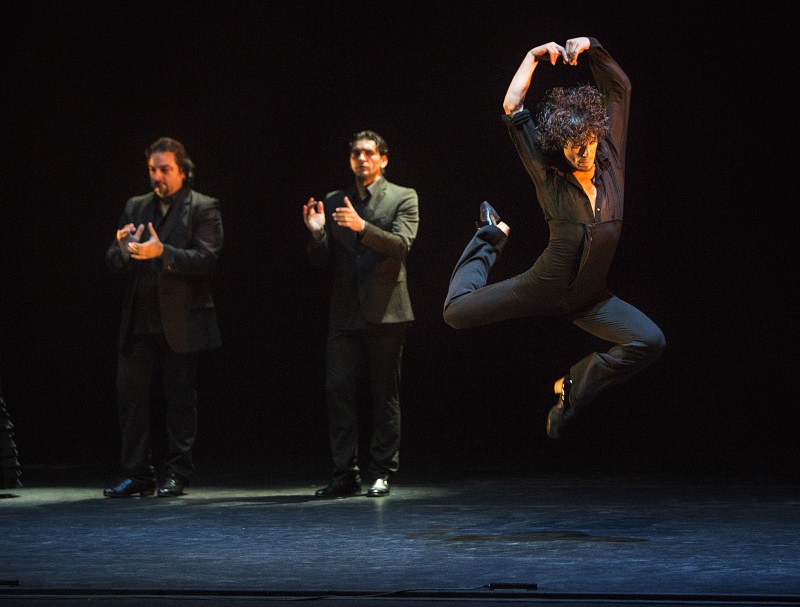
Carlos Rodriguez performed his lyrical choreography for Solea por bulerias with dispassionate grace. Criss-crossing the stage, experimenting with subtle variations on traditional steps, his deviations defused the emotional impact of his presence. At one point he acknowledged applause and then turned his body to face the wings, as though to say “If you please excuse me, I must go back to work!”
Perhaps another director might have reined in the technical display, insisted on more build, (rather sharply contrasting extreme speed and stillness) and more rhythmic play between the guitar and the dance, demanded obeyance to the emotions and tempos originally associated with forms, such as Sequiriyas being deep and slow. But clearly, the City Center audience adored their sensationalist approach, annoyingly yelling and applauding during every break. Just as modern dancers in the 1970s started to flaunt their high extensions and balletic training, young flamenco dancers today are keen to show us the range of their skills. Why turn once, for example when five-seven spins can be tossed off?
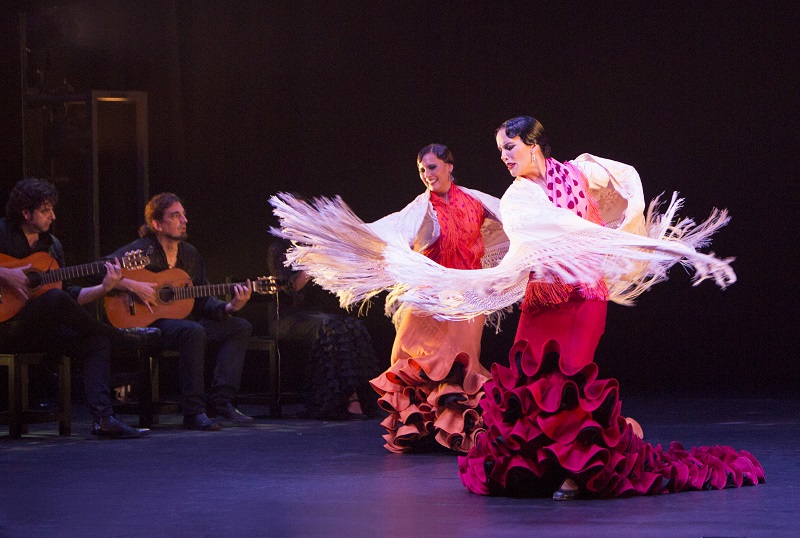
Only Antonio Canales, the most senior of this year’s dancers - having been born in 1961, played it cool with his own inimitable style. When the audience applauded, perhaps less deliriously than for the other dancers, he answered them with gestures of gratitude, as though to say “You can never know how much this means to me.” He brought a soulful presence with just enough footwork to punctuate phrases, a flash back to a time when the guitar, singer, and dancer played together in equal proportions.
The lighting by David Perez shrank the enormous stage and give us a sense of intimacy. Initially, Perez’s design had a nightclub edge with its punchy definitions of the space, jumping from soloist to soloist. Oftentimes, the dancer ended their solo with a sharp blackout, a questionable decision.
At least three times, the musicians moved to cluster around the dancers, confirming their magnetism, embracing them with a communal spirit. Included in the group was the handsome, now New York based Ismael de la Rosa whose singing is quite extraordinary. The violin by Roman Gottwald softened the aural edge, lending a sweetness to a show heavy on percussion. The costume choices were generally take-offs of tradition – a suit of lights, minus the bolero for Rodriguez, for example. However, the beige suit for Carmona was particularly affective as the bottom of his jacket twirled as he turned, a hint of a propeller that might just lift him off.
Follow Deirdre Towers on Twitter @SpiffMoves





